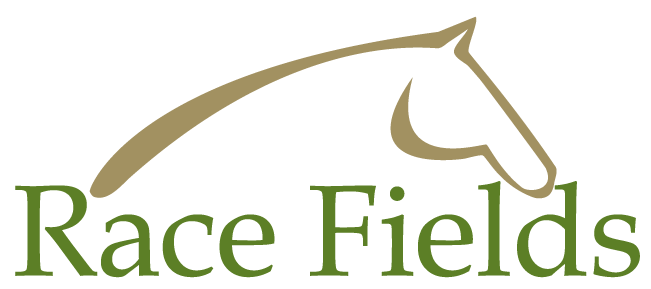A standing CT scanner to be housed at the University of Melbourne's Werribee equine clinic has been purchased to assist in the early detection of limb injuries before they become more serious, or fatal.
In conjunction with the state government and UoM, Racing Victoria is investing $1.27 million towards the purchase and construction of the scanner.
The purchase comes after a review by RV, in conjunction with UoM, into the rate of serious injuries among international horses travelling to Melbourne.
It was initiated after last year's spring carnival following the death of The Cliffsofmoher in the Melbourne Cup and fatal training injuries to Hamada and The Pentagon at Werribee.
The review found there was no increase to the rate of injuries in international horses over the past decade and that it was volume in 2018.
In the preceding five years Werribee housed on average 21 international horses, increasing to 42 last year.
The review found technology at the time could not have predicted the fatal injuries incurred by international horses since 2010 and the Werribee tracks did not contribute directly to any injuries.
RV has announced veterinary initiatives including feature race examinations of all horses to now include the Caulfield Cup and Cox Plate.
Enhanced pre-export examinations will be required before horses are permitted to enter quarantine at Werribee including X-rays of horses legs, a video of the horse trotting up, a pre-travel examination by a stable vet and an examination by a regulatory vet.
At Werribee the sand-fibre training track has been refurbished while large concrete strips in each of the three compounds have been created to assist in veterinary examinations.
Jamie Stier, RV's head of integrity, said the welfare of participants, equine and human, was a priority for the industry.
"The review ultimately found that there was no sole contributing factor to the incidents of 2018 and equally no one initiative that would eliminate any prospect of it occurring again," Stier said.
 InglisDigitalAUS
InglisDigitalAUS InglisDigitalUSA
InglisDigitalUSA







